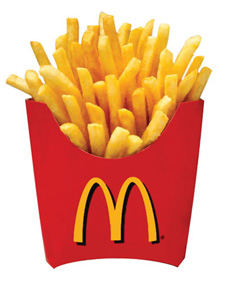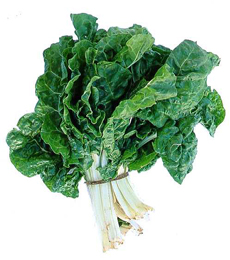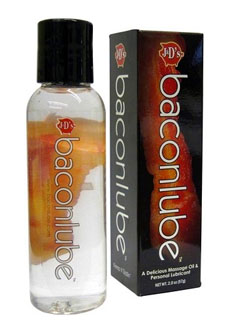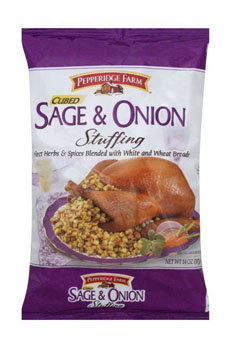|
Today is National Fast Food Day, a very American holiday.
The U.S. has more than 300 fast food chains, representing 40% of the nation’s total restaurant sales. Americans spend more than $110 billion on fast food annually, on cuisine that ranges from barbecue, fried chicken and pizza to Chinese food and Tex-Mex.
A fast food restaurant is a specific type of restaurant that serves fast food cuisine, and has minimal or no table service. There is a limited menu, the food is cooked in bulk in advance and kept hot, and it is then finished and packaged to order. Many customers buy it as take-out.
Per Wikipedia, the term “fast food” first appeared in the Merriam–Webster in 1951.
As the concept grew, fast food restaurants developed into chains or franchise operations. In the industry, fast food restaurants are known as a quick service restaurants—QSRs.
THE HISTORY OF FAST FOOD
For millennia, since the dawn of towns, there has been street food. It was sold by vendors who fed nearby workers and folks passing through, as well as neighborhood residents who had no fireplace in which to cook food.
Street food has been called, incorrectly, “the world’s first fast food.” Fast food is defined as a meal that can be prepared quickly and easily, to be consumed on premises or taken out.
Street vendors can spend hours cooking and preparing dosas, kebabs, tacos and other foods before bringing them to sell from a cart or a portable stand.
While America is now witnessing a growth in street food—particularly food trucks—the popularity of street food waned in the early 20th century with the birth of burger stands, coffee shops, diners, drive-ins and sandwich shops—all places where one could get a quick meal. Are they fast food?
Street food is on the rise again, with the growing convenience and popularity of food trucks, which sell everything from comfort foods like tacos to gourmet burgers and lobster rolls.
There are many “fast casual” restaurants. Not to be confused with casual restaurant chains that offer full table service—like Applebee’s, IHOP and the pioneer Howard Johnson’s, which prepare food to order—fast casual restaurants provide a higher quality of food than fast food places, in an atmosphere somewhat better than a typical fast food restaurant.
Chipotle Mexican Grill and Five Guys Burgers are examples.
THE RISE OF FAST FOOD
Arguably, the first fast food restaurants originated in the United States with the first White Castle in 1921, and A&W in 1923.
White Castle was founded in 1921 in Wichita, by a fry-cook and businessman. It spawned a burger chain that was followed by A&W (1923), KFC (1952) and Ray Kroc’s McDonald’s (1961).
White Castle was a burger game-changer: The burgers were cooked on grills at 500°F, onions grilled alongside in the meat juices, and the biggest change: it was served on a white bun instead of sliced bread.
How Fast Food Is Different
Fast food uses preheated or precooked ingredients. Those fries and burgers are pre-cooked and sitting under a heat lamp awaiting an order.
|
|

[1] The second White Castle restaurant, circa 1921.

[2] By the 1950s, car hop service was the rage at chains like A&W. Some chains had waitresses on roller skates.

[3] Before there were golden arches, there were the McDonald brothers. In 1940 they started a barbecue restaurant, which they reorganized as a hamburger stand in 1948. It used modern production line principles.

[4] Today, the iconic fast-food fries (photo courtesy McDonalds). |
|
The food is served to the customer not on a plate, but in disposable packaging that can be brought elsewhere as take-out, or taken to a table provided by the establishment.
The Father Of Fast Food
There were burger entrepreneurs who preceded him, but the game-changing attribution is given to the businessman who took a single McDonald’s roadside restaurant and turned it into a global powerhouse?
In 1954, a milkshake machine salesman named Ray Kroc started the momentum leading to America’s fast-food phenomenon.
Kroc was a milkshake machine salesman in California. He then became the exclusive distributor of a speedier milkshake machine, the Multimixer. One of his clients was the McDonald’s hamburger stand in San Bernardino, owned by brothers Richard and Maurice McDonald.
Kroc inadvertently invented modern fast food with his vision of franchising the McDonald’s concept, in order to sell several Multimixers to each location. He offered his services as their franchising agent. Six years later, he bought the brothers out.
In 1961, Kroc began to create what would become the world’ largest restaurant chain. He created the modern fast food model, standardizing portions and processes, keeping prices down and creating a culture of quick service and cleanliness.
Today McDonald’s is the largest restaurant company in the world, with 31,000 restaurants located in 126 countries. The Moscow location is the busiest in the world; the largest location is in Orlando, Florida. It would be hard to find a meat-eating American who has never eaten at McDonald’s.
Happy Fast Food Day to all fast food fans.
|









